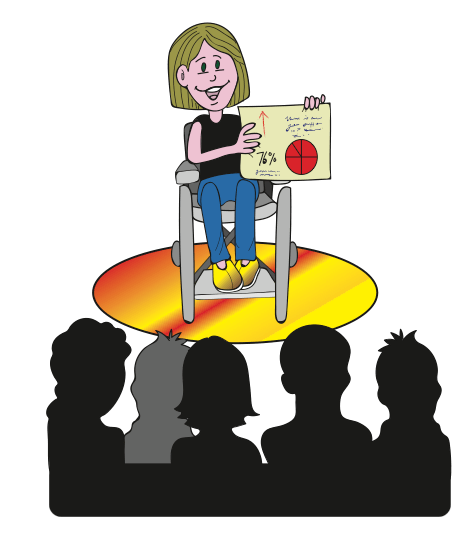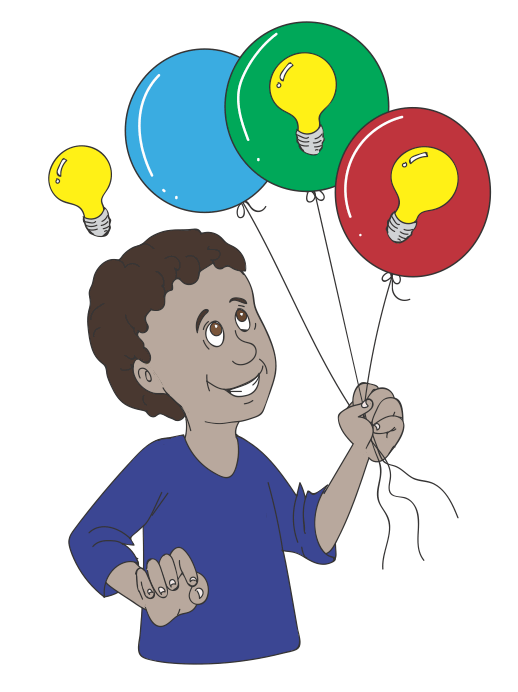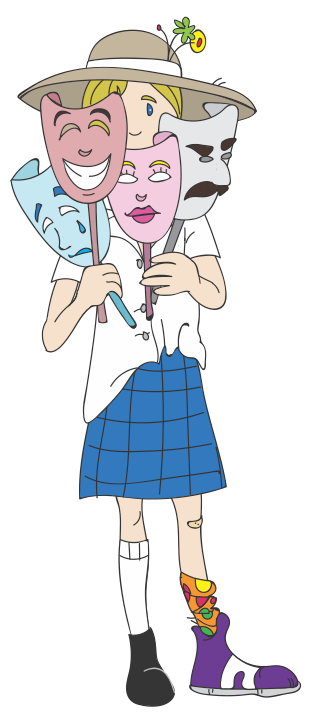ABC of INQUIRY – HETEROGENEOUS GROUPING
ABC of INQUIRY – HETEROGENOUS GROUPING Gillies (2008) concluded that students within heterogeneous cooperative learning groups demonstrated more cooperative and on task behaviour compared to the control group, which was an unstructured learning group.
HETEROGENEOUS: Mix it up…
Heterogeneous grouping is based on forming groups around diversity and difference. It is most often seen or used when students form groups based on friendships. The learners come to the group with many differences. Like all teaching practices it has its time and place and when used in a balanced way can be useful for supporting agency.
Heterogeneous or mixed grouping involves creating teams or pods of learners that are diverse in character. There will be a mix of abilities, interests, skills, understandings and attitudes among the members of the group. It might be that a group that has a mix if students with different learning styles, or have different needs at certain phases in the learning process. The group might be made up of students each with a different strength that will help the learning work be completed in a rich and constructive manner. It might be made up of a team of people with different skill levels but a similar interest or curiosity about a given learning topic.
Sometimes in these mixed groups there can be tension between different members, but if this tension is constructive and carefully managed or supported it can be the force that drives a group forward.
The benefits of mixed groupings based can be that diversity and difference bring in new points of view and stop an ‘echo-chamber’ of ideas forming. Learners can act as mentors with their peers to develop and explore new skills, interests or knowledge. These groups based on diversity tend to mirror real-word team situations more so than homogenous groupings that are defined by skill or knowledge level. Learner-formed communities of practicetend to be diverse in nature, a mix of skills, knowledge and understandings bought together by a shared interest or passion.
Using groupings of mixed ability can prove tricky if the teaching focus is on a particular skill or level of understanding. In this case grouping based on similarity may prove more useful for a short-term intervention or scaffolded learning experience.
Heterogeneous grouping can prove tricky if the teaching focus is on a particular skill or level of understanding,a particular learners will need more or less time to explore the learning engagement focus. In this case homogenous grouping may prove more useful for a short term intervention or scaffolded learning experience.
As with any grouping, there should be as much opportunity for student voice and agency in the formation of the group and the essential agreement that informs the group’s choices.
All of these grouping ideas are based on the students getting to know and to think about who they are as learners and developing a language and framework for describing or identifying what they do as learners in a variety of situations. It could form part of an ongoing investigation throughout the year, with anchor charts that get updated as new understanding come forward.
Some ideas for helping students form or develop groups based on difference and diversity include:
- GROUP ROLES: Have the whole class think about and name the different possible roles in a group. Have them describe the purpose of these roles and what they personally bring to a group. Have the learners think about which of these roles they might be able to fill in different situations. When a learning engagement calls for group work, learners can be encouraged to form a group that includes a number of different roles depending on the group size.
- THINKING STYLES: Reflect on and explore with the class the different ways they like to think about things. (E.g. Who likes to web ideas out, or think about things in parts, who likes to get the big idea then pull it apart, who likes to look past the parts and then build up to a bigger picture?) Explore when and why thinking styles change and what the advantages or tricky aspects might be of working with people with similar or different thinking styles. When a learning engagement calls for group work, learners can be encouraged to form a group that includes a number of different thinking styles depending on the group size.
- WORKING HABITS: As a class spend time reflecting on preferred working habits or actions that supported ‘you’ as a learner in different tasks.(E.g. Did you prefer to move around? Did it help to have a quiet space to think or a space to sit and talk? Does doing something help you get started or being able to reflect first?, etc.) As learners get to know and develop a way of discussing and naming different working styles, develop a system as a class for describing or classifying working styles. Learners might soon discover that they have different working styles for different types of learning engagements or topics being inquired into. Explore when and why working habits change and what the advantages or tricky aspects might be of working with people with similar or different working habits. When a learning engagement calls for group work, learners can be encouraged to form a group that includes a number of different working habits depending on the group size.
- INTERESTS and ATTITUDES: Before engaging in an inquiry or learning engagement provide an opportunity for learners to reflect on and describe the range of interests they have connected to the inquiry and the different attitudes they bring with them to the inquiry. A visible thinking routine like compass points might be one way to start this sort of reflection. Once learners have had a chance to name and describe the interests and attitudes they might be bringing with them, have them form a group that includes a range of interests and attitudes. Invite each group to look at how this dynamic might help and hinder learning in this engagement and from here develop an essential agreement about how they might work together.
- IASKU GROUPINGS: When forming groups, it can be interesting to have students look at the 5 elements of learning: Interests (relevance to real world, personal interest or connections to prior knowledge), attitudes (current attitudes, mindsets or positionings related to the current topic), skills (related skills, strategies or processes related to the current topic), knowledge (facts, details and content knowledge related to the current topic) and understandings (conceptual understandings). Have the students identify which area they are most keen or prepared to learn about. From here the learners will form a group with five people, one focusing on the Interest, one on the Attitudes, one on the Skills, one on the Knowledge and one focusing on Understandings. In this way the learners have formed a group that will learn about and form rich understandings of the topic and its uses in the world beyond the classroom.
*BCW will now use ‘They, their — themself’ as a singular, gender-neutral pronoun in all subsequent material generated on our website.
All Rights Reserved © 2018 Beconwiz All ideas and illustrations are the property of BeConWiz.

BeConWiz Ideas and Thoughts by Carla Holmes, Mary-Denese Holmes, Pearl Holmesis licensed under a Creative Commons Attribution-NonCommercial-NoDerivatives 4.0 International License.
Based on a work at https://beconwiz.com.
Permissions beyond the scope of this license may be available at https://beconwiz.com.





